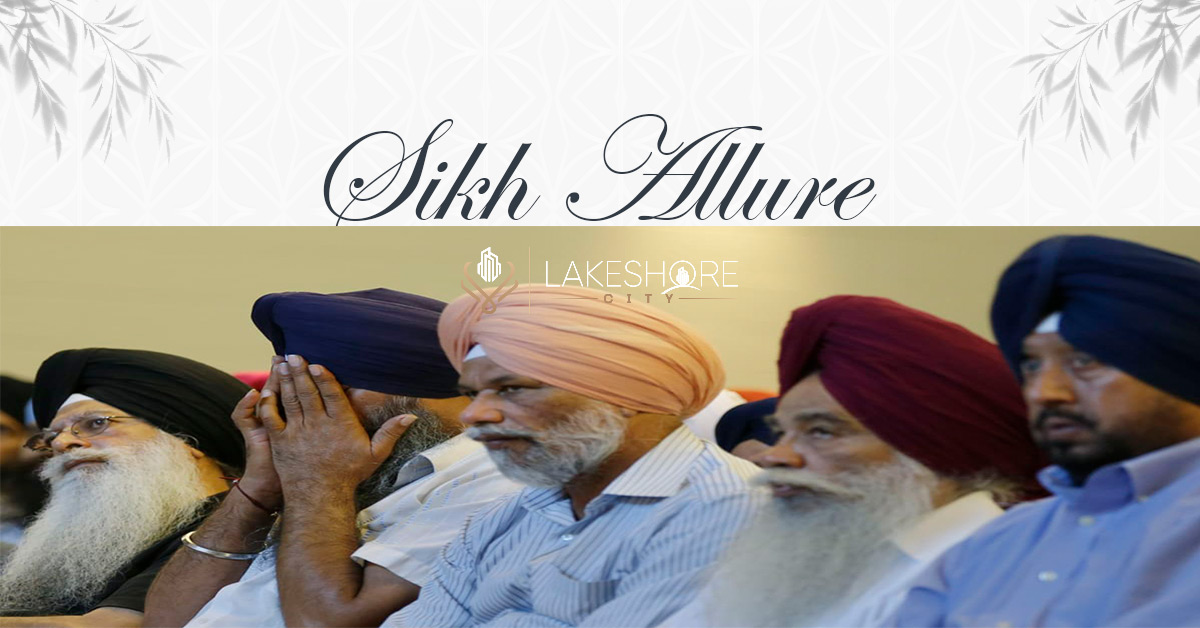This article does not intend to disparage any community, least of all one that is a minority. Instead, it is meant to warn both South Asian rivals that our Pakistani Sikh sisters and brothers, as well as their larger diaspora, are being set up to be exploited once more.
It is interesting how states carefully craft a story to fit a specific purpose before reversing it over time to suit their goals. Before the post-Partition mayhem, the “Sikh” had already been demonised. The All India Muslim League dubbed the unionist premier Khizr Tiwana as “Sardar Khizr Singh” after being denied the chance to form the government in Punjab despite finishing as the single largest party in the 1946 elections, according to Rajmohan Gandhi’s superbly researched book, Punjab: A History from Aurangzeb to Mountbatten.
Following the bloodshed of Partition, particularly in Punjab, the Sikh community was portrayed as evil in folklore in Pakistan. Most Partition-themed films throughout the ensuing two decades portrayed the Sikh with the sword as the adversary. At the top of the list of Sikhs Pakistanis were taught to despise was Master Tara Singh, who had withdrawn his sword from its sheath on the steps of the legislative assembly building in Lahore while pledging to oppose the foundation of Pakistan.
The mess in East Pakistan happened. Pakistan didn’t reflect on anything. To avenge the mostly self-inflicted deathblow, some members of the nearsighted brigade began to fantasise about slicing up India.
Due to their complaints against the federal government, the Sikhs on the opposite side of the border were thought to be susceptible to provocation. The handler-agent relationship was never overt, unlike in Afghanistan. Despite the controversy surrounding the purported lists of Sikh terrorists that Benazir Bhutto or her interior minister allegedly provided with the Indians, the Khalsa’s reputation never fell to the level of Taliban proxy that the Afghan “mujahideen” did.
The Sikh could no longer be depicted as the main cause of suffering for the mohajirs who crossed over via East Punjab in order to gain support for the Khalistan cause. In our films, the stereotypically thuggish “Sikhra” changed into a gallant “sardar ji” and the vengeful “kaur” into a vivacious “jatti.” Once more, Heer Waris Shah and bhangra were praised as the powers that united the two Punjabs. There was nothing wrong with the cross-cultural camaraderie, but it was an eyewash.
It would be absurd to assert that a community may only experience major “manufactured” dissatisfaction. However, the exploitation of such emotions is also inherent in regional one-upmanship. How this tragic era came to an end and how different people involved on both sides of the border met their demise are now a part of history. The Hindu and Christian minorities in Pakistan experience the most prejudice, but the Sikh community is still seen in a positive way.
It is interesting to compare how the state and its Frankensteins approach the various minority groups based on how likely it is that they would cause difficulty for the “enemy” Compare the recent squabbles over the construction of a Hindu temple in Islamabad with the official fanfare over the restoration work at the Gurdwara Darbar Sahib at Kartarpur and the cordial welcome afforded to the Sikh pilgrims on the 550th birth anniversary of Baba Guru Nanak last year.
Consider how, a few weeks ago, the bodies of 20 Sikh pilgrims whose van was struck by a train near Sheikhupura were flown to Peshawar on a special C-130 plane to show how the two nations compete to win the Sikh community’s affection. It should come as no surprise who owns this aircraft. Every Sikh killed in the accident will receive a compensation payment of 500,000 rupees, according to the Khyber Pakhtunkhwa administration. The Shiromani Gurdwara Parbandhak Committee, India’s apex gurdwara body, has announced financial assistance of 100,000 rupees to each of the families of the Pakistani Sikhs killed in the accident and 50,000 rupees to each of the families of the Indian Sikhs killed in the accident.
There should be two sets of alerts. There are no free trips either, to the uninformed Pakistani Sikh population, much as the metaphorical meal. You can once more find yourself in the sights of a weapon much larger than a gun. You are probably being fattened for sacrifice.
To the Sikh diaspora all across the world: as your holiest religious places are in Pakistan, do visit there when circumstances allow and benefit from the ‘cultural tourism’ programmes currently under development. Talk to the strangers all you want while you’re here, but avoid taking any candy.
Don’t miss the chance to invest with Lakeshore! Secure your investment today by investing your financial investment with Lakeshore in the following available options like Lakeshore City, Lakeshore Club, and Lakeshore Farms.
For More updates, please Contact +92 335 7775253 or visit our website https://lakeshorecity.com/
Lakeshore City is the upcoming elite lifestyle at Khanpur Dam. Offering no parallel amenities for the members and owners of distinguished farmhouses.
Become Part of Luxurious Lifestyle
Contact: 0335 7775253



